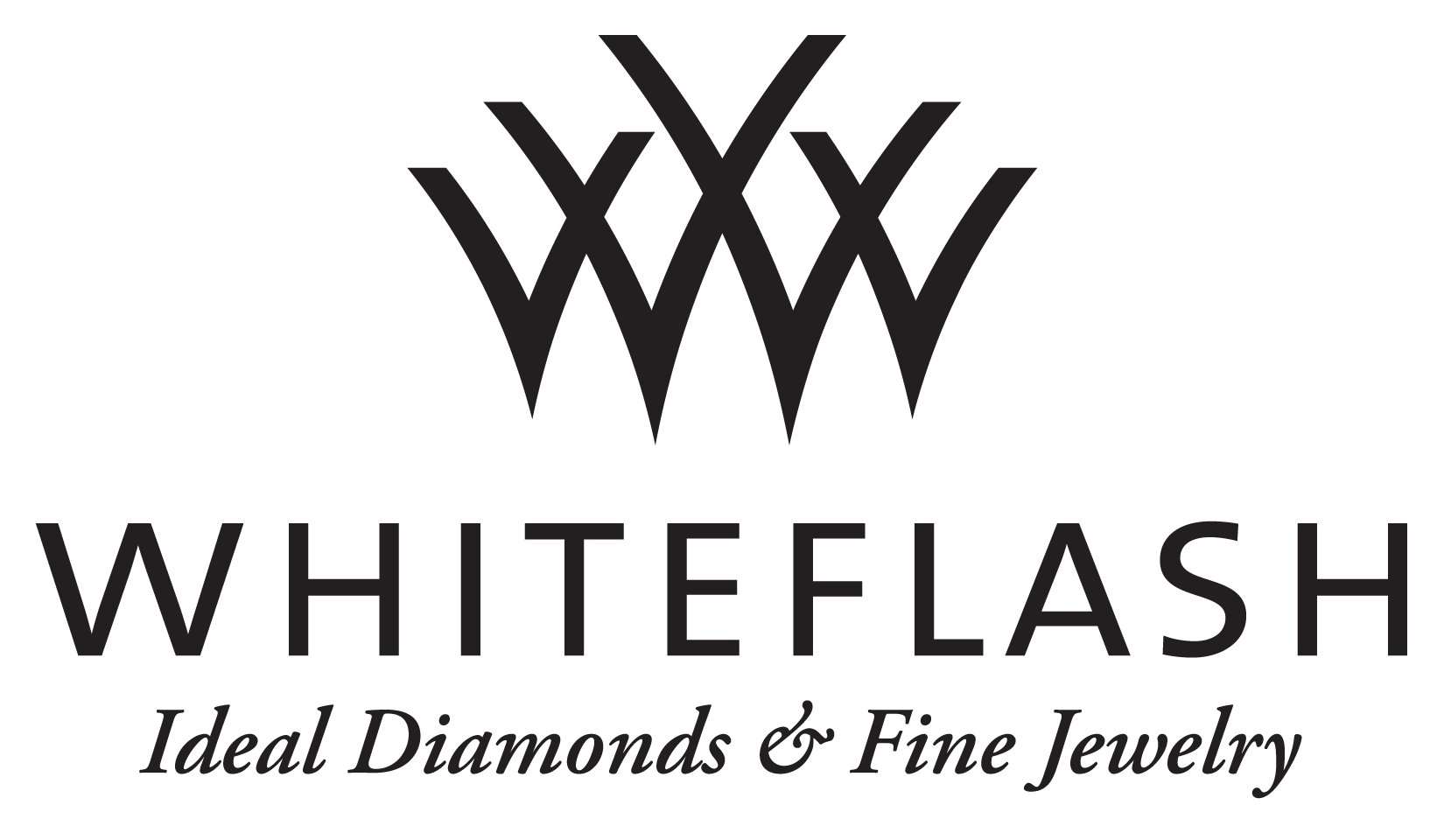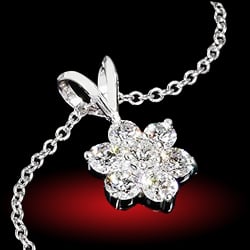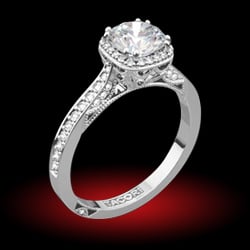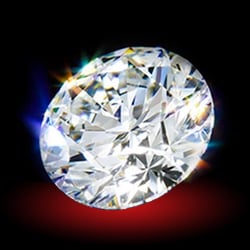- Joined
- Oct 21, 2004
- Messages
- 5,096
Hello PS'ers & Happy Holidays,
Since this industry is going through tremendous & rapid changes presently as in the past decade and as I consider PS as a great barometer reflecting (especialy educated) consumers & professional knowledge, I thought it would be a great topic brainstorming the subject of "added value" on Gem & Diamond jewels specifically.
"Added Value" can be measured and discussed based on quite a few criteria e.g. marketing ideas, manufacturing specialities, AVS (added value services), jewelry design innovations or trends, display visuals (B&M-online), packaging, educationals and much, much more!
Unfortunately I have been noticing how these changes are transforming old industry practices into two contrast directions. One is professional knowledge & innovations where industry players are adapting and are able to grow their businesses into succesful models but mostly I am noticing the larger share of the majority who are finding themselves in complicated situations unable to keep up with the changes and are rapidly finding themselves out of the game (period.) it's a great pity as a lot of them are family operations and it's effects are destructive.
In the hopes that professionals are (or will....) reading the forums I thought it would be an appropriate platform to discuss these issues. These discussions are aimed at both the professional and the consumer as one and am hoping they will entice some audience paticipations.
This industry is moving through changes at a rather rapid pace (faster than anyone would have imagined a short while ago). Unfortunately most industry players IMO are stuck with Historic business practices & knowledge. In order to move on and be able to identify future trends/changes they must learn/educate themselves!!! They will have no choice as I have been touting for years.
On the darker side of the story the majority of professionals work as if "price" is THE major component to determine a Gem/Diamond "value"! (well, some even offer more simple added value services like better cuts, some matching and other simple demand type services. Unfortunately most consumers as well believe "price" is the determined value factor.
There is a bright side to this story as-well. Any professional can if he/she chooses to educate themselves and their immediate staff. Internet is an amazing database of knowledge, most of the information needed is out there and the great part it is free! I think a PS thread openly discussing these issues by interacting between professionals & con/prosumers minds will produce results translated into many WinWin situations. Now to just hope reading is not the obstacle.
A PS thread like this can possibly offer in concentration educational materials required by elimination of the massive quantities of ineffective information out there. Part of the problem I foresee is the starting point. PS is the ultimate starting point for anyone interested in positively effective educational materials.
I will begin with a starting point for discussion which hopefully might spark some interest.
Transparency (which is an opposite of the old-school of thinking).
I believe transparency is the key word to a lot of Added Value component.
It's time to identify that utilizing the old-school methods of "secrecy run operations" is no longer a reality and what better than to look straight at our reality.
What could be better than show & educate why your product has content of genuine and agreed values.
Since this industry is going through tremendous & rapid changes presently as in the past decade and as I consider PS as a great barometer reflecting (especialy educated) consumers & professional knowledge, I thought it would be a great topic brainstorming the subject of "added value" on Gem & Diamond jewels specifically.
"Added Value" can be measured and discussed based on quite a few criteria e.g. marketing ideas, manufacturing specialities, AVS (added value services), jewelry design innovations or trends, display visuals (B&M-online), packaging, educationals and much, much more!
Unfortunately I have been noticing how these changes are transforming old industry practices into two contrast directions. One is professional knowledge & innovations where industry players are adapting and are able to grow their businesses into succesful models but mostly I am noticing the larger share of the majority who are finding themselves in complicated situations unable to keep up with the changes and are rapidly finding themselves out of the game (period.) it's a great pity as a lot of them are family operations and it's effects are destructive.
In the hopes that professionals are (or will....) reading the forums I thought it would be an appropriate platform to discuss these issues. These discussions are aimed at both the professional and the consumer as one and am hoping they will entice some audience paticipations.
This industry is moving through changes at a rather rapid pace (faster than anyone would have imagined a short while ago). Unfortunately most industry players IMO are stuck with Historic business practices & knowledge. In order to move on and be able to identify future trends/changes they must learn/educate themselves!!! They will have no choice as I have been touting for years.
On the darker side of the story the majority of professionals work as if "price" is THE major component to determine a Gem/Diamond "value"! (well, some even offer more simple added value services like better cuts, some matching and other simple demand type services. Unfortunately most consumers as well believe "price" is the determined value factor.
There is a bright side to this story as-well. Any professional can if he/she chooses to educate themselves and their immediate staff. Internet is an amazing database of knowledge, most of the information needed is out there and the great part it is free! I think a PS thread openly discussing these issues by interacting between professionals & con/prosumers minds will produce results translated into many WinWin situations. Now to just hope reading is not the obstacle.
A PS thread like this can possibly offer in concentration educational materials required by elimination of the massive quantities of ineffective information out there. Part of the problem I foresee is the starting point. PS is the ultimate starting point for anyone interested in positively effective educational materials.
I will begin with a starting point for discussion which hopefully might spark some interest.
Transparency (which is an opposite of the old-school of thinking).
I believe transparency is the key word to a lot of Added Value component.
It's time to identify that utilizing the old-school methods of "secrecy run operations" is no longer a reality and what better than to look straight at our reality.
What could be better than show & educate why your product has content of genuine and agreed values.







300x240.png)